Beeswax Substitute Yellow - Natural
Couldn't load pickup availability




Description
Beeswax Substitute Yellow - Natural is a plant-based wax alternative designed to mimic the properties of traditional beeswax while offering a yellow hue similar to natural beeswax. Sourced from renewable vegetable materials, this wax is ideal for formulations that require a natural, animal-free ingredient that provides similar texture and emulsification benefits.
Benefits
-
Plant-Based: An ethical and sustainable alternative suitable for vegan and cruelty-free formulations.
-
Emulsifying Properties: Stabilises oil and water phases in creams, lotions, and balms, enhancing product consistency.
-
Moisture Retention: Forms a protective barrier on the skin to help lock in moisture and prevent dryness.
-
Versatile Use: Ideal for a variety of personal care products, including skincare and hair care formulations.
-
Non-Irritating: Generally well-tolerated, making it suitable for sensitive skin types.
Uses
-
Skin Care Products: Creams, lotions, and balms for hydration and emollient benefits.
-
Lip Care: Lip balms, glosses, and lipsticks for added smoothness and moisture.
-
Cosmetics: Foundations and creams for improved texture and application.
-
Hair Care Products: Styling products and pomades for added hold and texture.
-
Crafts: Used in DIY projects that require a waxy consistency.
Caution
-
For external use only; avoid contact with eyes.
-
Conduct a patch test before widespread use to check for sensitivity or allergic reactions.
-
Not recommended for individuals with known sensitivities to any of the plant sources used.
-
Ensure formulations are appropriate to avoid potential adverse reactions.
Stash It Right
-
Store in a cool, dry place away from direct sunlight and heat sources.
-
Keep the container tightly closed to prevent contamination and maintain quality.
-
Ensure proper labeling to avoid confusion with other ingredients.



